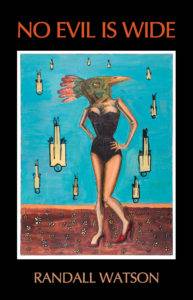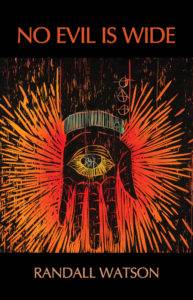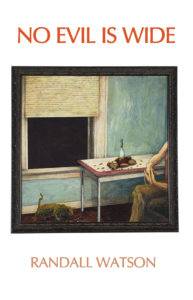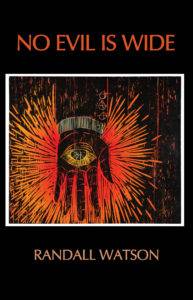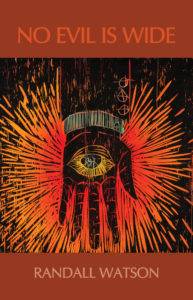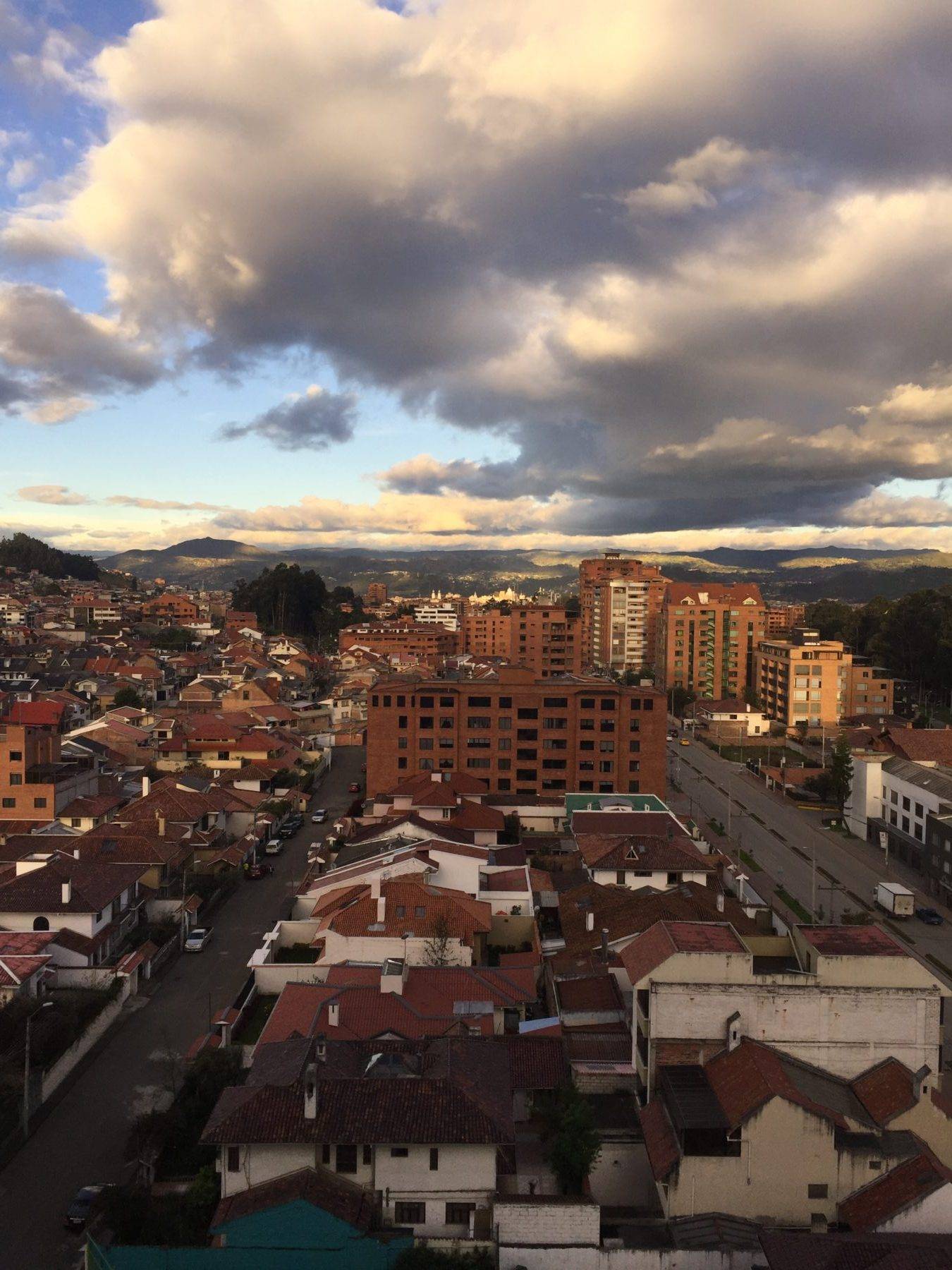
Traditional Publishing versus Self-publishing
The publishing world has changed dramatically over the past few decades. With the ease of self-publishing now, why would you even consider traditional publishing?
- The traditional publisher shoulders the expense of production,
- With a team of professionals at their disposal, a traditional publisher can produce a more commercially competitive product than you can on your own.
- The traditional publisher will handle the distribution and order fulfillment for you, and
- They will take care of the broad strokes when it comes to marketing and promoting the book.
Working with an Agent
An agent will help you craft a synopsis, a query letter, and a marketing plan. They may suggest edits to the manuscript. If you sign a contract with that agent, you’ll be agreeing to pay them a portion of your royalties if they manage to sell your book to a publisher. If you are trying to attract the attention of a big-name publisher, you must have an agent.
The Big 5 trade book publishers in the US are:
- Hachette Book Group—Little, Brown and Company, Faith Words, Center Street, Orbit, Yen Press, Hachette Audio, Hachette Digital, Read about Forever, Hachette’s Romance line, and Forever Yours.
- HarperCollins—a subsidiary of News Corp., which is led by Rupert Murdoch. Their publishers and imprints include: HarperCollins; William Morrow; Avon Books; Broadside Books; Harper Business; HarperCollins Childrens; HarperTeen; Ecco Books; It Books; Newmarket Press; Harper One; Harper Voyager US; Harper Perennial; Harper Academic, and Harper Audio.
- Macmillan Publishers—German owned with imprints around the world. Their US trade book publishers include: Farrar, Straus and Giroux; Henry Holt and Company; Picador; St. Martin’s Press; Tor/Forge; Macmillan Audio; and Macmillan Children’s Publishing Group, as well as college and academic books.
- Penguin Random House—two giants that combined forces in 2013. Their nearly 250 imprints include: Random House Publishing Group, Knopf Doubleday Publishing Group; Crown Publishing Group; Penguin Group U.S.; Dorling Kindersley; Mass Market Paperbacks, Penguin Group U.S.; Random House Children’s Books; Penguin Young Readers Group, U.S.
- Simon and Schuster—currently the publishing arm of CBS Corporation. Their publishing divisions and imprints include Atria, Folger Shakespeare Library, Free Press, Gallery Books, Howard Books, Pocket Books, Schribner, Simon & Schuster, Threshold Editions, and Touchstone.
However, there are many smaller independent and University backed presses. And while these smaller presses sometimes work with agents, they will be much more likely to consider your work if you approach them directly.
A cautionary tale about working with “vanity presses.”
How can you tell if a small press is reputable?
- Read everything you can find about them online.
- Do they charge you, the author, to publish your book?
- Do they have an editorial review process? Or do they accept anything?
- Do they have a distribution and fulfillment network?
- Do they take care of the major marketing steps for you? (Ingram, Baker & Taylor, Amazon, B&N)
- Do they publish a catalog? (Is it up to date?)
- Do they have an online bookstore? (Is it up to date?)
You can find some lists of reputable Small and Independent Presses by following these links:
What does an agent do prior to approaching publishers?
(We are going to spend some time working on each of these three things during the workshop portion of this presentation.)
Crafting a synopsis And I mean CRAFT. This brief summary has to catch the potential editor or agent’s attention in one page or less. It should not be dry and boring; therefore, it needs as much attention as you gave your story itself. Include the humor or despair of your characters and try to include a little bit of the atmosphere of the story.
- Start with the plot. What is the inciting incident? What are the pivotal events within the story? What is the turning point? How does the climax show the achievement of or failure to achieve the story’s goal?
- Add the Protagonist’s Arc. Who is your main character? What drives him or her? How does this person get into the situation motivates the plot? How does he or she handle challenges? With faith? With aggression? Or humor? At the end of the story, is this person’s life better or worse?
- Describe important supporting characters and how they affect the protagonist’s trajectory.
Crafting a query letter (https://www.janefriedman.com/query-letters/)
This should be written in the style of a professional business letter. It should be typed, 12 pt. in some standard font like Times New Roman. It should be carefully proofed for typos, misspellings, and grammar errors. It should include the following parts:
- Personalized salutation (do NOT send a form letter. Take the time to research the agent or editor’s name).
- It always helps if you can mention a referral from another author the agent/editor already works with.
- Or you may have heard the agent or editor speak at a conference, mention this.
- Tell what sort of manuscript you have, including genre/category, word count, and title/summary. This should be no more than 100-200 words long.
- Your bio. This is less important if you are unpublished, but it should be brief. What the editor/agent is looking for is your publishing history.
- Thank you and closing.
Putting together a marketing plan
Create a list of potential reviewers. Who do you know?
- Create a list of all the places you could have book signings
Local book stores, museums, libraries, and schools. Outside your home, what other places do you frequent? Could you organize a book tour? Maybe your family members live in other cities and towns where you could plan signings.
- Research Book Festivals. There may be several annual book festivals in your region.
- Does your book tie in with a civic cause or organization? Think ASPCA or National Parks. With a little creativity, you could plan a promotional tour that will attract supporters of those organizations.
- Create a list of organizations you belong to that would host a talk about your book followed by a book signing.
Are you a member of a church? Fraternity? Sorority? Those organizations often have book clubs. See if your book would be suitable for their reading list. Rotary Club and Lions Club need speakers every month, and they buy books. Stretch your mind to include any and all organizations you belong to.
Working with an Editorial Team
What? You mean there is more than one editor involved? Yes, indeed. If you are wise, you will engage the services of at least one or two different editors described here before you ever send the manuscript out.
- Acquisition Editor—This is the person who selects books for a publisher, this will be the editor the author actually communicates with while the book is being prepared for publication with a traditional publisher.
- Developmental Editor—You will find these editors at larger publishing houses. They are often ghost writers. You can find freelance developmental editors who will work with non-fiction mostly, but sometimes fiction as well. They look at how well the books plot works. Does it offer forward momentum? They also address issues of characterization.
- Content Editor—Much like a developmental editor, the content editor oversees plot development, character, voice and setting. You’ll only see this type of editor in the very large houses.
- Copy Editor—The copy editor is the one you are sure to meet. This type of editor focuses on grammar, punctuation, fact-checking, spelling, and formatting.
- Line Editor—The Line Editor is basically the same as the Copy Editor. They go through every inch of an MS, word by word, line by line, but they do not address things like the story arc or the voice. Their main concern is that the text is presented in a consistent, grammatically correct fashion.
- Proofreader—A proofreader reviews the manuscript after the editor has finished. They look for any typos or grammatical errors that have been missed by the editors.
- Critique Partner or Group—These folks are not really editors. Often they’re fellow writers who read your work in its earliest stages.
- Beta Reader—This is someone the author shares the book with who is not a relative or close friend, and not in the publishing business. A Beta Reader should be consulted before approaching agents or publishers. For the best feedback, give the Beta Reader a questionnaire to fill out once they have read the book.
Editorial Timeline:
- Author Writes Story/Book
- Author shares Story/Book with Critique Partner or Group
- Author rewrites and finds a Beta Reader (may be paid, but usually is not)
- Author may hire an independent Copy/Line editor (an agent or publisher will look on you more favorably if you do this)
- Author approaches agents and/or publishers (may also enter contests)
- Manuscript finds its way to a publisher
- Synopsis and author bio will be required immediately, and a cover designer will be brought aboard to design the front cover (There will be a deadline for the publisher’s seasonal catalog.)
- Developmental or Content Editor addresses any large issues involving story arc, characterization, etc.
- Author makes corrections.
- Author and Publisher should both be soliciting blurbs for the back cover.
- Copy/Line Editor addresses grammatical, formatting, and fact-checking issues
- Production team handles typesetting, layout and design
- Proofreader gives it one last thorough reading.
- Cover Designer completes back cover adding in synopsis, author bio, blurbs, and ISBN bar code.
- Book goes to press.
THEN THE WORK BEGINS!
Distribution
Who sells the book? YOU DO! Remember that marketing plan you made back at the very beginning of this talk? This is where that comes into play. If you are smart, your publisher will have some sort of distribution network that includes sharing their catalog with the major book distributors and wholesalers. This is something to consider before you sign a contract with anybody. Ask if they manage distribution to these wholesalers at a bare minimum (you can find more comprehensive list at https://nonfictionauthorsassociation.com/list-of-book-distributors-and-wholesalers/ ):
- Ingram Content Group, Inc.
(Largest supplier of books to bookstores, retailers, schools, etc.
- Independent Publishers Group (IPG)
(Second largest independent book distributor in the U.S.)
- Baker & Taylor
(Largest supplier of books to libraries. Also distributes to various retailers.)
- Amazon.com and Barnes & Noble
So, in theory, your publisher has taken care of seeing that the book gets to the wholesalers, and should even have preorders ready to be filled as soon as the book comes out. They should also be able to help you with things like getting the book into your local bookstore so you can have a book signing there. Small bookstores are much more likely to stock your book if your publisher accepts returns.
Did you know know that the publishing industry is one of the few places where the store owner can return the merchandise if it doesn’t sell and get a 100% refund? That is why you’ll see a “returns” line on your royalty statement at the end of the year.
Reviews
Reviews of your book take place at several different times during the editorial process.
- Often a publisher will send a promising manuscript out to independent reviewers before deciding whether or not to write a contract. These reviewers will be professionals, and they’ll write a fairly comprehensive report detaling the manuscript’s strengths and weaknesses.
- Prepublication reviews by blurbists. These are brief, two or three sentence blurbs written by the biggest names you or your publisher have access to. They go on the back cover of the book, so these people will be reading the raw manuscript. Your publisher will be grateful if you begin to solicit this sort of review early.
- Published reviews in newspapers, magazines, journals, and blogs are the reviews that really sell the book.
- Ask your publisher which reviewers they send to prior to publication. (They should send to these at least 4 months prior to publication: Kirkus Reviews, The New York Times Book Review, Publisher’s Weekly, Booklist, and The Library Journal.)
- Ask your publisher how many promotional copies they are willing to mail out for you. Negotiate for as many as you can. If they don’t have a mailing list, you will have to provide this.
- You mail out all the promo copies your publisher is unwilling or unable to mail for you.
- Include a sell-sheet, printed on glossy paper in full-color. It should be designed professionally if possible and should include the book cover, the brief 100-word synopsis from the back cover, the author bio, and your best couple of blurbs along with the publication date, page count, ISBN number, and price. AND DON’T FORGET TO TELL THEM WHERE TO BUY IT!
Contests
This is a touchy subject, since the Nobel Prize for Literature will not be awarded this year in response to a sexual abuse scandal involving the husband of one of the board members. In addition, Pulitzer prize winning author, Junot Díaz, has been acused of sexual misconduct. Aside from that, entering your book in contests is usually a great way to generate a buzz. There are a lot of contests out there, and just like the reviewer list, you’ll need to research these yourself. An interesting note here is that many of the really prestigeous contests state specifically that self-published books are not accepted. Often they will only accept nominations from the publisher. Expect to pay the entry fees yourself, while the publisher makes the nomination. Pay particular attention when reading the submission guidelines to when the book is supposed to have been published.
Poets&Writers has a great search tool for contest opportunities: https://www.pw.org/grants
Presented by Kimberly Parish Davis
(Madville Publishing)
2018 Cuenca International Writers Conference
May 28—June 1, 2018 in Cuenca, Ecuador
Sources:
Friedman, Jane. “How to Write a Novel Synopsis.” Jane Friedman. June 21, 2017. Accessed May 08, 2018. https://www.janefriedman.com/how-to-write-a-novel-synopsis/.
“Infographic: The Book Reviewer’s Hierarchy of Needs.” WritersDigest.com. February 02, 2018. Accessed May 08, 2018. http://www.writersdigest.com/editor-blogs/there-are-no-rules/the-book-reviewers-hierarchy-of-needs.
Peterson, Valerie. “Discover the Big 5 US Book Publishers.” The Balance Careers. Accessed May 08, 2018. https://www.thebalancecareers.com/the-big-five-trade-book-publishers-2800047.
Strathy, Glen C. “How to Write a Synopsis of Your Novel.” How to Write a Book Now. Accessed May 08, 2018. https://www.how-to-write-a-book-now.com/how-to-write-a-synopsis.html#.




